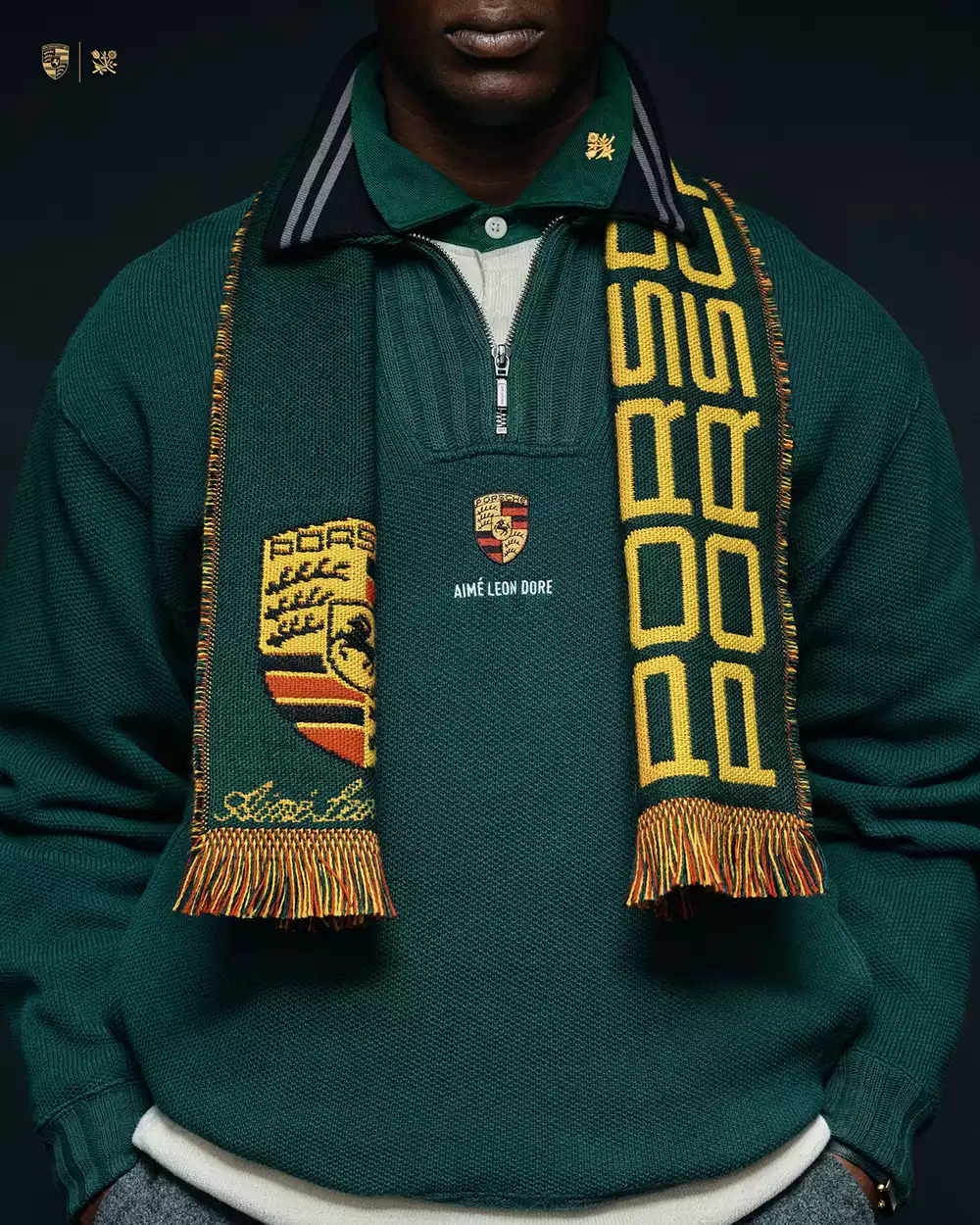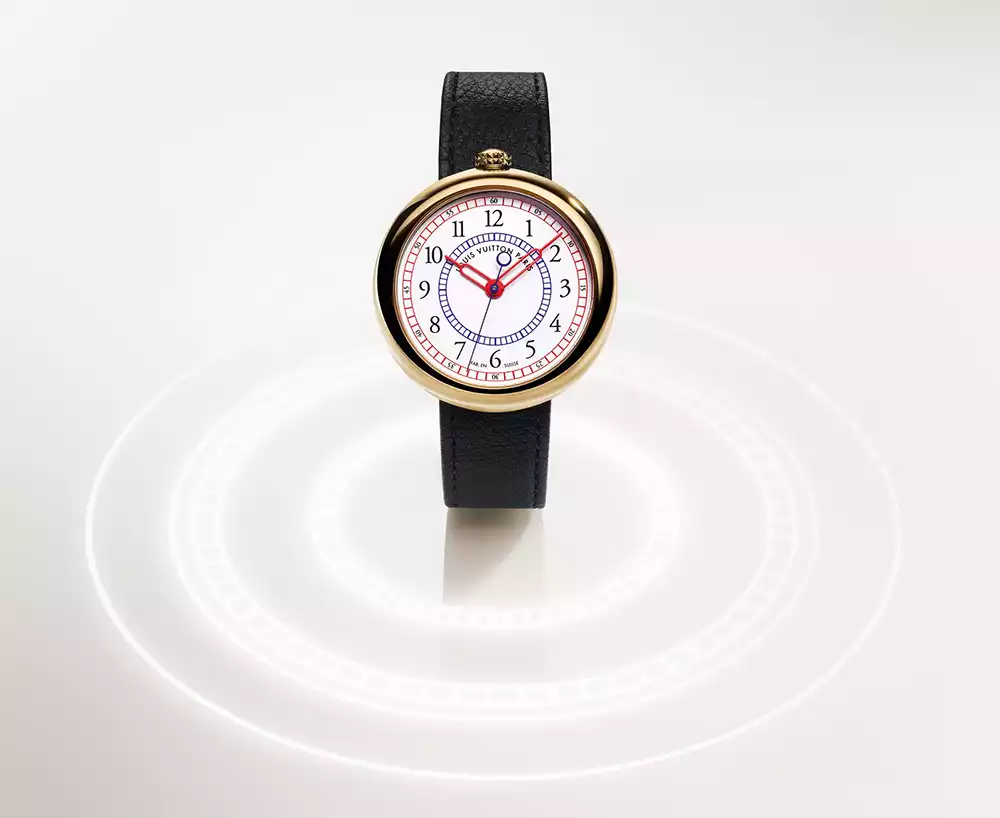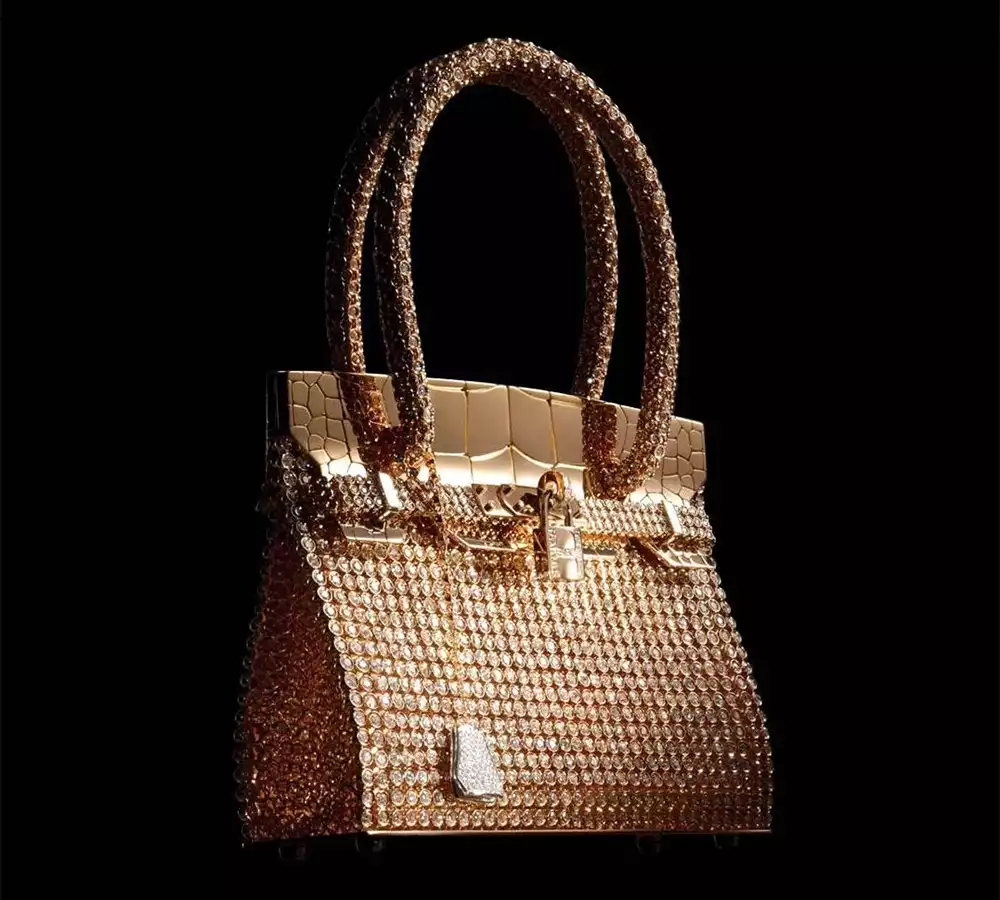
A compelling narrative can wield immense power—it can enchant, provoke thought, and seamlessly knit together strands of experiences into an intricate tapestry. This is not solely applicable to a riveting bestseller; fashion, too, commands its unique narrative, a story that binds the audience in a profoundly personal way. When integrated with wise marketing strategies, storytelling metamorphoses into a potent tool for fashion designers, imbuing their creations with personality, depth, and resonance.
Spinning Tales with Threads
Picture this: you are perusing a boutique, and a seemingly commonplace attire on display piques your interest. What if that piece of clothing came with a backstory? It could narrate the tale of a remote village where a group of dedicated artisans handcrafted the fabric, or it might reflect the exuberant hues of a sunset in the tropics that sparked the designer’s imagination. Such a narrative, woven into the marketing strategy, does more than merely advertise a product—it offers an experience, a tale that harmonizes with the customers’ emotions and principles.
It’s one thing to craft a beautiful narrative and quite another to guarantee that it resonates with a broad audience. In an age of constant digital content, it can feel like attempting to be heard above a cacophony. However, seeking outside help from professionals like anthembranding.com can ease your quest to find customers.
Making the Story Shine
In fashion storytelling, the narrative should always occupy center stage. It’s not solely about showcasing a collection but about constructing an immersive universe for the audience. Whether a promotional campaign, a fashion show, or a digital experience, the narrative should be at the heart of the presentation.
Remember, a narrative comprises characters, settings, conflicts, and resolutions. Mindfully integrating these elements into the story can breathe life into a product and imprint it onto the consumer’s psyche. After all, when a designer’s creation becomes more than just an attire—a character in a story—it transforms into something unforgettable and worth treasuring.
Building Emotional Connections
Cementing a robust emotional bond with the audience is crucial for impactful storytelling. Evoking emotions plays a significant role in swaying consumer behavior as it drills down to the psychological reasons behind purchases. For instance, inviting feelings of nostalgia using retro styles or popular culture references can incite an emotional reaction, thereby amplifying consumer engagement.
Therefore, fashion designers must embrace creativity and push the frontiers of traditional marketing. Video advertisements could feature gripping narratives akin to a short film, while photoshoots could transport audiences to distinct eras or cultures with their unique settings.
The Final Stitch
In essence, fashion acts as a medium of self-expression—a visual narrative we consciously elect to share with the world. Thus, fashion marketing should strive to extend beyond the sale of garments—it should narrate enthralling stories that harmonize with the target audience on an emotional plane.
As the fashion industry continues to evolve, designers who comprehend and harness the power of storytelling in their marketing initiatives can distinguish themselves from the crowd. By animating a collection through an engaging narrative, designers can cultivate a more profound relationship with their consumers, nurturing brand loyalty and fueling business growth.
Fashion designers, it’s time to question: What narrative does your brand spin? How can you sculpt it to reverberate with your audience’s emotions and principles? It’s time to allow your designs to do more than merely turn heads—let them unfold a tale and observe how this could redefine your approach to fashion marketing.


